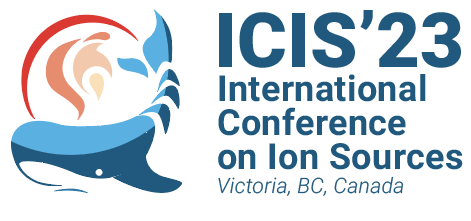Speaker
Description
Reduction of beamlet divergence angle is one of the most challenging issues in negative ion sources driven with Radio-Frequency (RF). Minimum divergence of the beamlet accelerated from Filament-Arc (FA) driven source is ~5 mrad, while that from RF driven source is ~12 mrad, which is larger than the beamlet divergences of 7 mrad required for ITER HNB and DNB. The reason why the beamlet divergences are different in FA and RF discharges is not clear so far. To investigate the reason, a RF system was added to the present FA system at the NIFS NBI Test Stand (NIFS NBTS) and a FA-RF hybrid system, which is available to compare the beamlet characteristics using the same geometric, magnetic configuration and accelerator, was composed; (oscillator) and several components needed for the RF plasma generation (RF-driver, Faraday Shield, coil, etc) have been provided by IPP Garching. The ion source installed at the NBTS is modified to a FA-RF hybrid source by replacing the backplate to attach the RF driver on it. The NIFS NBTS equips several diagnostic devices to measure the source plasmas and accelerated beamlets and has a possibility to reveal the reason why the beamlet divergence is so different in the FA and RF driven modes.
In the presentation we are going to discuss the characteristics of the RF generator, matching box, distribution of the plasma parameters such as electron density, temperature and plasma potential, comparison of beamlet profiles in FA and RF modes and COMSOL simulation results.
•The views and opinions expressed herein do not necessarily reflect those of the ITER Organization.
| Funding Agency | National Institute for Fusion Science |
|---|---|
| Email Address | tsumori@nifs.ac.jp |
| I have read the Code of Conduct to attend ICIS2023. | Yes |
| Presenter if not the submitter of this abstract | Katsuyoshi Tsumori |

